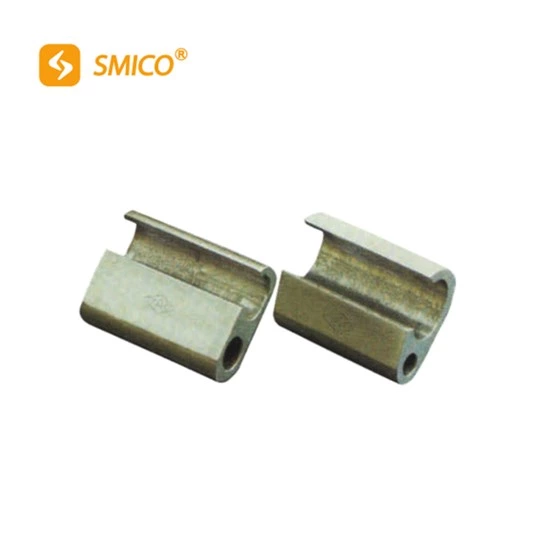Classification And Function Of Parallel Groove Clamps
burndy parallel groove clamp has many classifications according to material and structure, and its function is to achieve wire connection.
Its classification and function are of great significance to the stability and safety of power transmission. Copper connector parallel groove has good conductivity and is suitable for lines with higher requirements. Aluminum groove clamp is light in weight and is widely used in general overhead lines. Aluminum alloy parallel groove combines the advantages of aluminum and other metals and has excellent performance. Bolt type pg clamps is fastened by bolts, and the connection is firm and reliable. Spring type parallel groove clamp connector uses spring pressure for easy and quick installation. Wedge type pg clamp connector clamps the wire with wedges and is not easy to loosen. High-voltage lines require high-voltage single bolt parallel groove connector to ensure safety.
Low-voltage lines can choose relatively conventional parallel groove clamps to meet the needs. Overhead lines use a large number of parallel groove clamps to achieve wire connection. Cable lines sometimes use special parallel groove clamps for connection. Parallel groove clamps of different specifications are suitable for wires of different thicknesses. When choosing parallel groove clamps, the temperature changes in the use environment should be considered. In environments with high humidity, parallel groove clamps with good moisture-proof performance are required. Corrosion-resistant parallel groove clamps should be used in places with salt spray corrosion. When installing parallel groove clamps, ensure that the wire and the clamp are in good contact. During the installation process, the bolts need to be tightened to prevent excessive contact resistance. Check the connection of the parallel groove clamp regularly to ensure safety.
If the parallel groove clamp is found to be loose, it should be tightened in time. Parallel groove clamps with oxidation on the surface need to be cleaned before use. The quality of the parallel groove clamp directly affects the reliability of line operation. Qualified parallel groove clamps must undergo strict quality inspections. The mechanical strength of the parallel groove clamp must be able to withstand the tension of the wire. Parallel groove clamps with good electrical performance can reduce power loss. The design of the parallel groove clamp must comply with relevant standards and specifications. New parallel groove clamps are constantly developed to meet higher requirements. Intelligent parallel groove clamps can monitor the connection status in real time. Parallel groove clamps must have strong wind resistance in areas with strong winds.
Parallel groove clamps used in mountainous areas must adapt to terrain changes. The service life of parallel groove clamps is affected by many factors. Proper maintenance can extend the service life of the parallel groove clamp. The quality of parallel groove clamps produced by different manufacturers varies. Choose parallel groove clamps produced by reputable manufacturers. The price of parallel groove clamps varies depending on factors such as materials and specifications. When purchasing, consider performance and price to select parallel groove clamps. Parallel groove clamp installers need to undergo professional training. Improper installation may cause parallel groove clamps to malfunction. The role of parallel groove clamps is to ensure smooth power transmission. Reasonable classification and selection can make the parallel groove clamps work best.
Parallel groove clamps are diverse in classification and play a key role. Paying attention to the classification and role of parallel groove clamps can ensure the stable operation of power lines.

